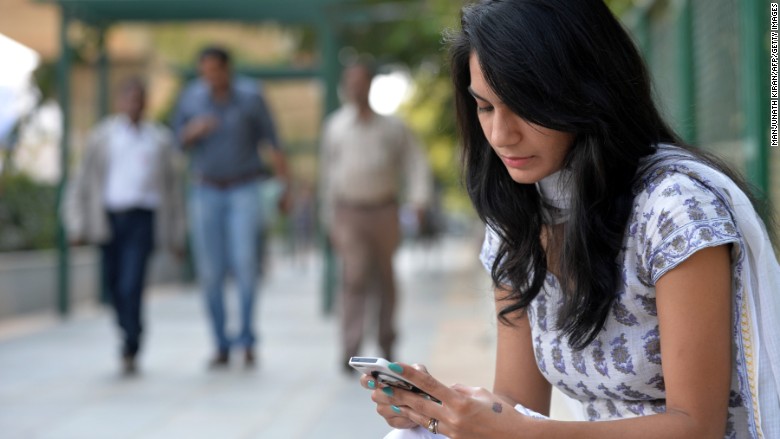
From January 2017, Mobile Phones In India Get A Mandatory ‘Panic Button’ To Help Protect Women
Soon, all mobile phones in India will be equipped with a “panic button” to assist women in distress. India has announced new rules that all mobile phones that are to be sold in India will require to have a “panic button,” as part of the government’s efforts to address women’s safety in a country where incidents of reported harassment and rape continue to rise.

While all low-tech feature phones will have the facility of panic button configured to the number key 5 or 9, smartphones will have an emergency call button on the keypad or a feature that will engage when the on-off button is pressed three times. If a woman is in trouble, she can just press the button on the cell phone and she will immediately get help. Sources said if the button was pressed for more than a few seconds, it would call a pre-determined number, fed by the user earlier. However, no notification has been given on what happens to existing phones.
The regulations, which take force in 2017, were announced this week by India’s Ministry of Communications and Information Technology.
“It’s a game changer,” Maneka Gandhi, the minister of women and child development, told reporters on Tuesday. Officials decided that having a physical “panic button” was faster than using an application for the mobile phone, Maneka Gandhi’s ministry said.
In addition, manufacturers are also required to include GPS in all phones by 2018, in order to help improve security.

“Technology is solely meant to make human life better and what better than using it for the security of women. I have taken a decision that from January 1, 2017, no cell phone can be sold without a provision for the panic button, and from January 1, 2018, mobile sets should have also Global Positioning System inbuilt,” said Telecom Minister Ravi Shankar Prasad, reports IANS.
Concern over women’s safety has been a public flash point in India since the fatal gang-rape of a young student on a moving bus in 2012 galvanized protests around the country. The government admitted that the condition of women in India was not good and asserted that a number of steps had been taken to empower them and tackle the challenges facing them, which will result in women doing “much better” in a couple of years.